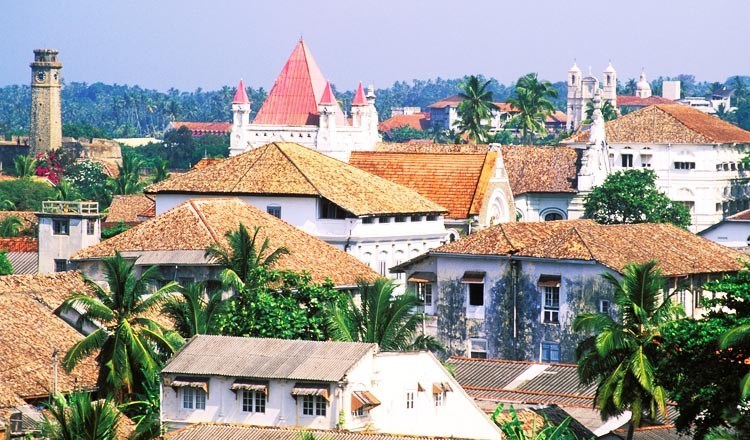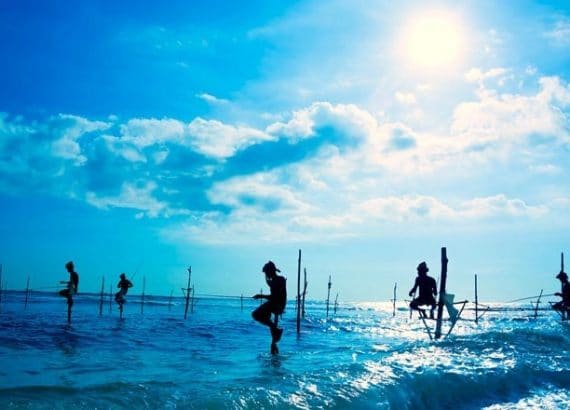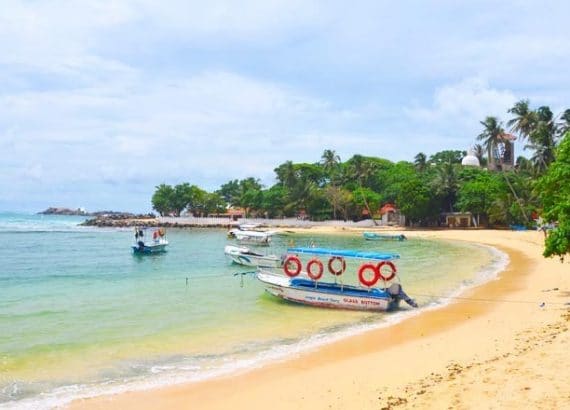Exploring Colonial History in Galle Sri Lanka

Exploring Colonial History in Galle Sri Lanka
The most important town on the South Coast, Galle comprises the Old Dutch quarter- enclosed within the Fort – and sprawling New Town located outside the Fort’s walls. The fort forms the center-piece of the town as most tourists come to Galle to explore the extensive Colonial-era fortifications- a UNESCO World Heritage Site- and other Dutch-period relics.
New town has a few attractions for visitors. Unlike the Dutch quarter, which was largely protected by the sturdy walls of the Fort, the new town was badly damaged by the 2004 tsunami. It has now been rebuilt, and an amble along its streets is a perfect way to enjoy the town’s atmosphere. The bus and train stations are located here, and there are also a number of shops and other amenities befitting a big town. The main street, with its colorful pavement shops, is the perfect place for an evening stroll. Cricket enthusiasts might want to visit the Galle International Cricket Stadium, next to the Fort’s Main Gate.
Dutch Reformed Church
The Dutch Reformed Church was built in the 18th century by Commander Casparus de Jong to commemorate the birth of his daughter. Cruciform in shape with high, vaulted ceiling, the church is an imposing sight. Its pulpit is topped by a large, impressive canopy, and a balustraded staircase leads to organ loft. However, the most striking feature of the church is the ornate tombstones laid into the floor and adorning the walls, which were moved here from Dutch cemeteries. The memorials underline just now hard life on the island was for the early colonialists. More tombstones can be seen in the church’s grounds.
National Maritime Archaeology Museum
Housed in an Old Dutch warehouse, this large museum showcases miscellaneous marine artifacts. The visit begins with film screening that details the history of various shipwrecks, such as the HMS Hermes, off the East Coast of Sri Lanka. Items recovered from some of these sites are on display in the halls, and include maps, earthenware, beer mugs, smoking pipes and artillery guns. The beardman mug, excavated from the wreckage of the Dutch ship Avondster, is one such relic. In addition, the museum also covers other subjects related to the sea, such as the influence of shipping and foreign trade on Sri Lankan language, culture and history.
The museum’s collection suffered extensive damage during the 2004 tsunami, and a number of artifacts were lost. In their place are some new exhibits that were found in the aftermath of the disaster, such as a wooden Buddha statue, believed to have been towed by the waves from an unknown location.
Historical Mansion Museum
This restored Dutch mansion houses a private collection of antiques and bric-a-brac, belonging to Abdul Gaffar, a resident of Galle. Laid out in rooms around a small courtyard, the museum displays a number of interesting objects, such as a cabinet dedicated to vintage telephones and cameras, all of which have been accumulated by the owner over the last few decades. Lace-makers, gem-cutters and jewellery-makers can be seen at work in the building’s courtyard and their wares are for sale, as are many of the displays in the museum.





